When people think of career and technical education, they typically think of training in highly technical fields, often in STEM-related disciplines such as health care, engineering, and IT. But a growing number of schools are adding arts into their CTE programs, and for good reason: There are a large number of jobs that rely on creative skills, and CTE can help prepare students for a wide range of career opportunities in the arts and creative industries.
At the Henry W. Longfellow Career Exploration Academy in Dallas, for instance, there are many career pathways that students can explore, including traditional CTE offerings such as engineering and business/IT. But this magnet middle school for students in grades 6-8 also offers pathways in arts and AV technology, as well as visual and performing arts.
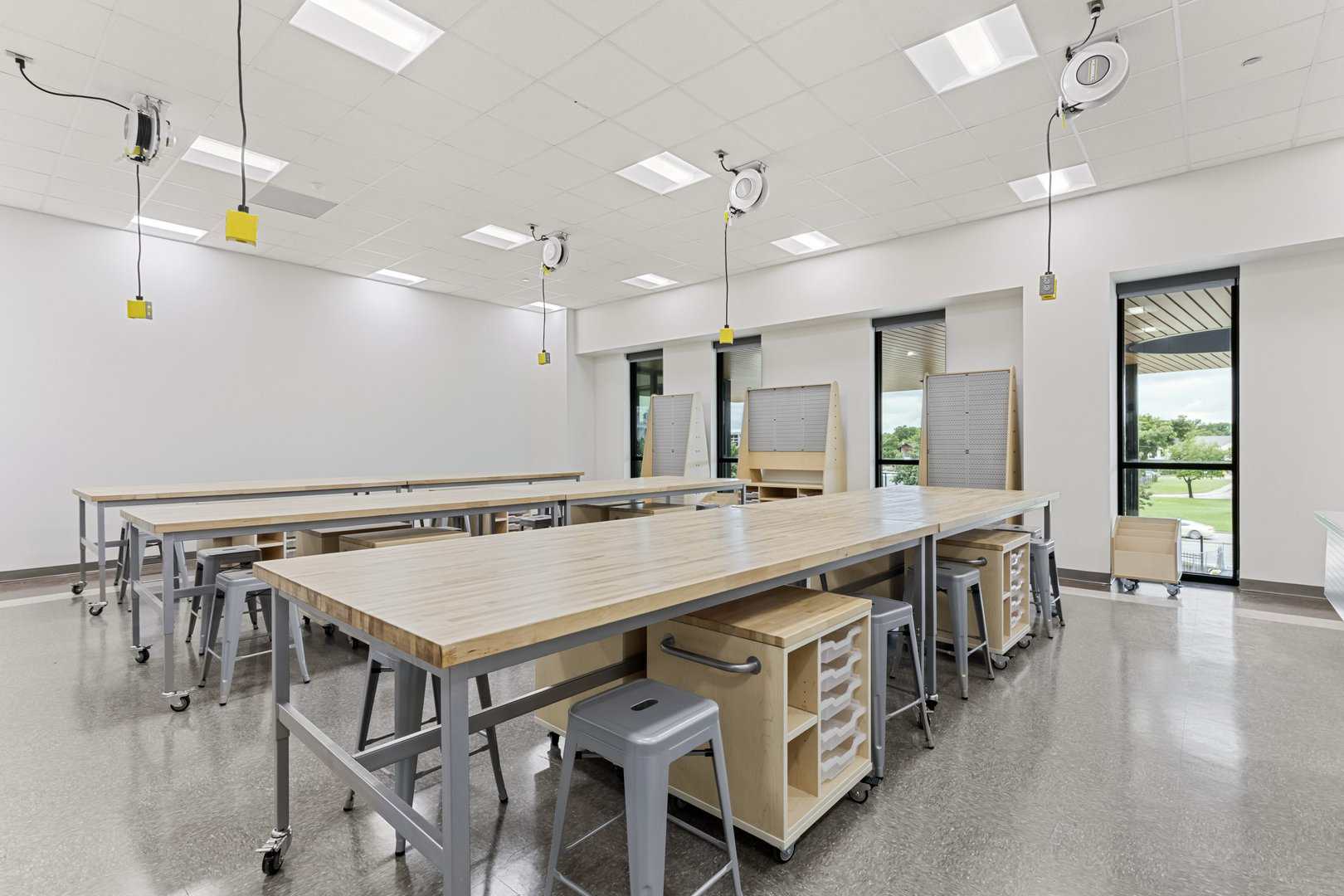
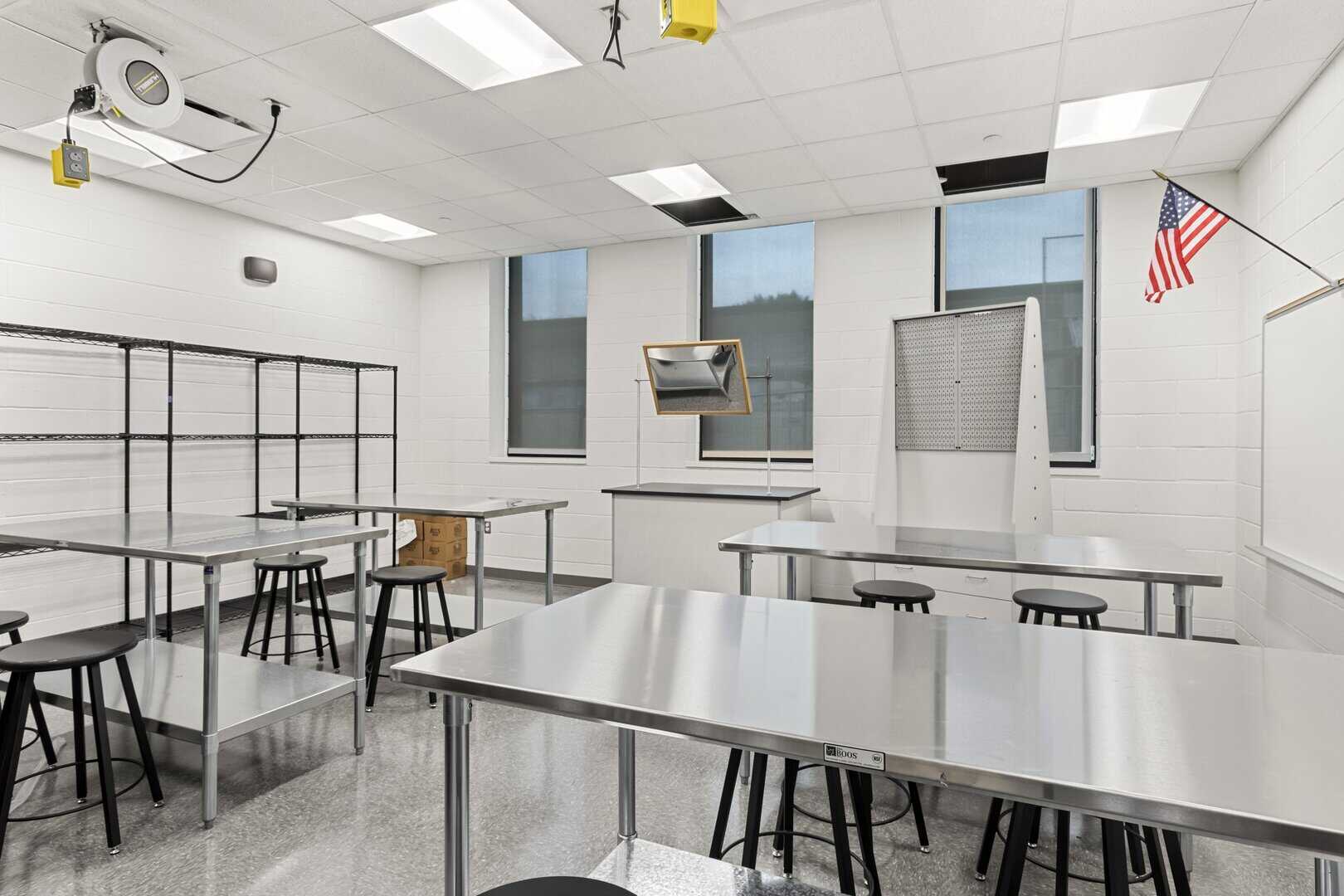
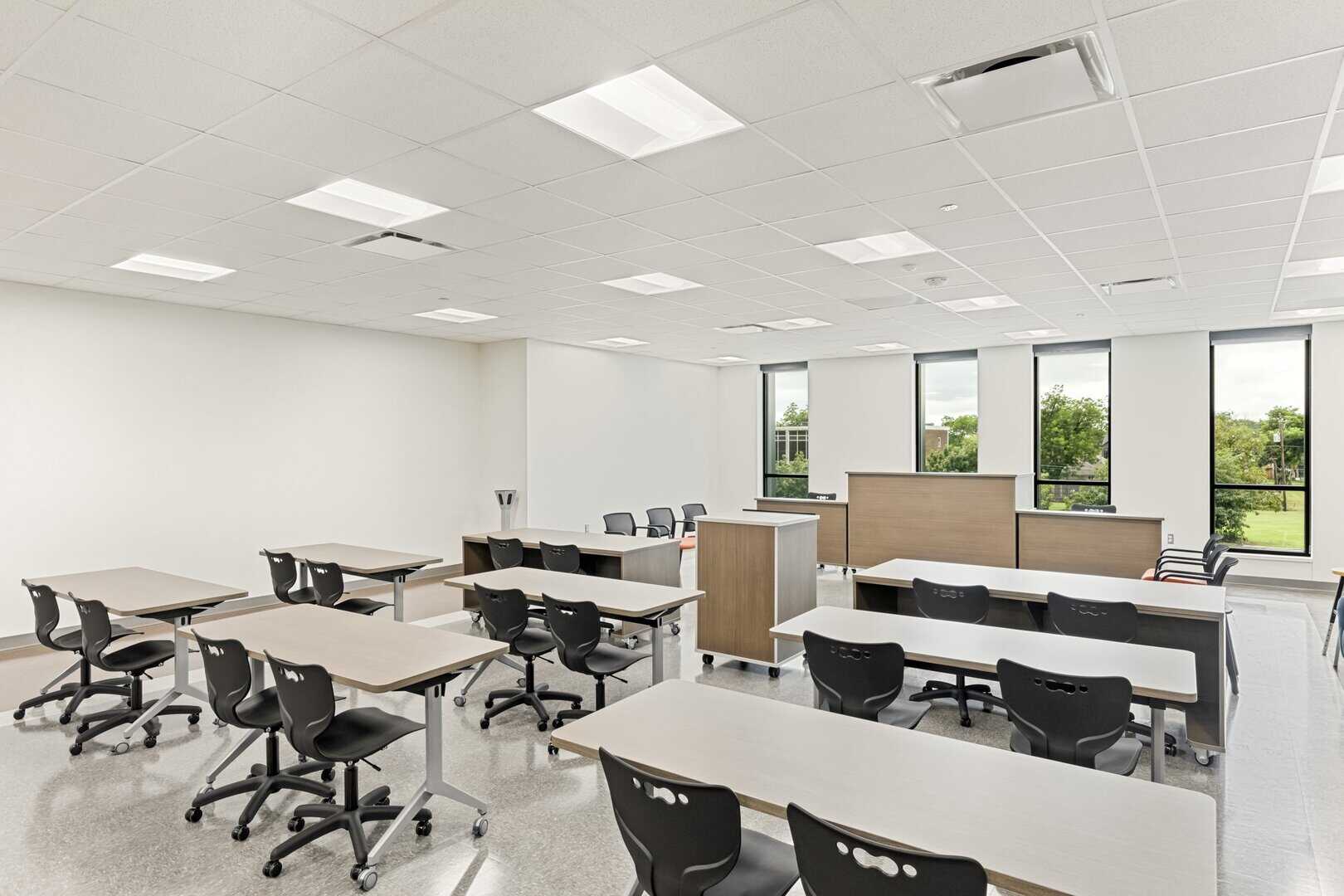
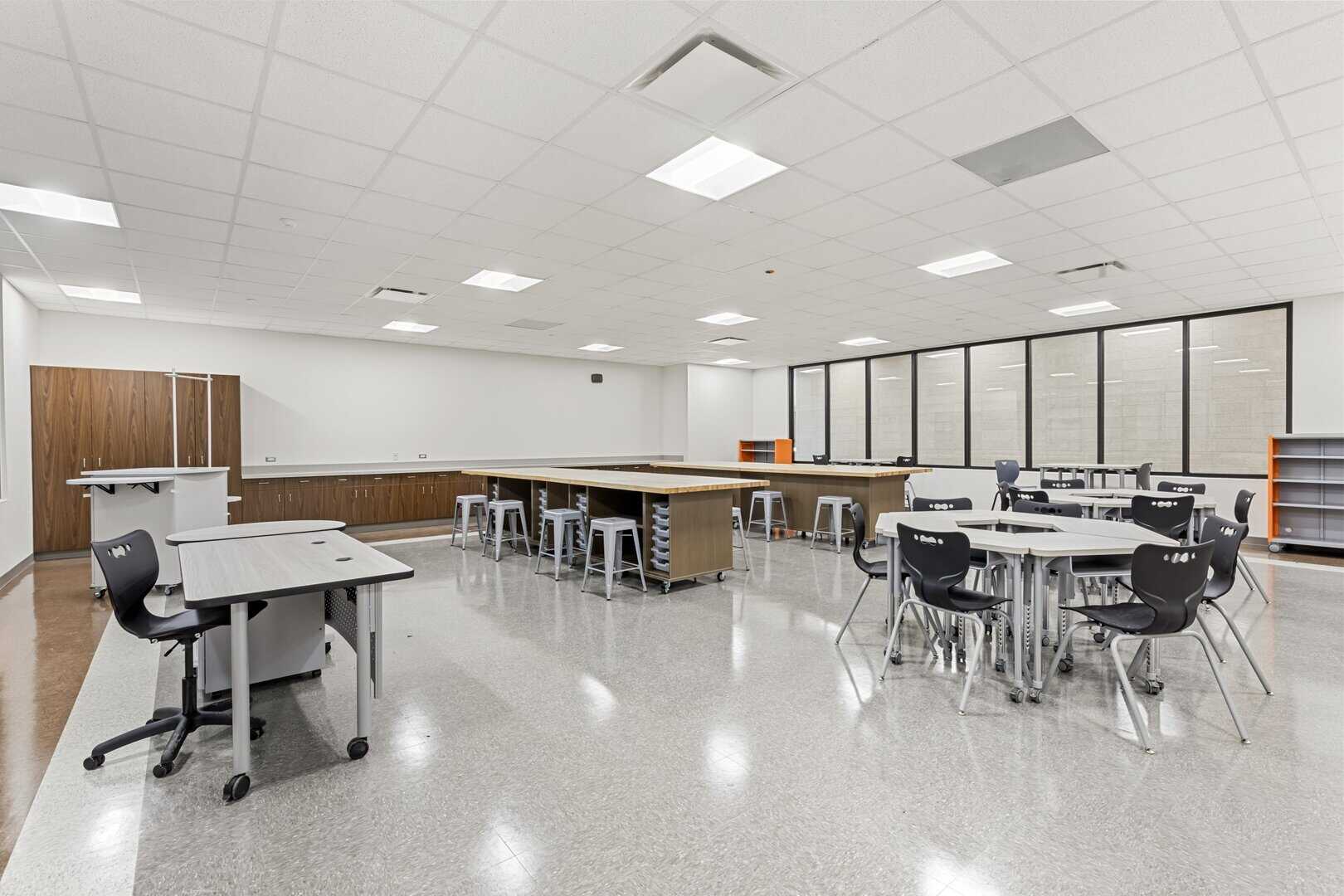
In the arts and AV tech pathway, students learn skills like podcasting and graphic design. In visual and performing arts, they not only learn creative skills like painting, theater, and dance, but they also learn about disciplines that combine creativity and technical skills, such as set and costume design.
“There’s a dismissiveness about careers in the arts because it’s assumed that you have to be a starving artist, but that’s truly not the case,” Ashley Adams, executive director of Arts Media Entertainment Institute, tells K-12 Dive. “There are incredible jobs for students that use their creative skills, and it empowers them if you can teach them about those careers early on.”
Arts, Entertainment, and Design Pathway
Advance CTE, a national association of state CTE directors and related professionals, maintains a National Career Clusters® Framework, which is a shared structure and language for designing CTE programs across the United States.
In a nod toward the importance of art education as a stepping stone to meaningful careers, Advance CTE has added an Arts, Entertainment, and Design career cluster in the framework’s latest iteration.
This move is long overdue. For too long, the arts have been treated as enrichment or extracurricular, rather than what they truly are: powerful vehicles for career readiness, personal growth, and civic and community engagement.
Seeing the arts formally recognized with their own CTE pathway legitimizes the work that arts educators and students have been doing all along—and it opens the door to meaningful support and long-term sustainability.
The options for careers in the arts are far broader than people realize. Yes, students may become performers or teachers, but they also go on to become sound designers, audio engineers, arts administrators, music therapists, composers for film and video games, digital content creators, or arts-based entrepreneurs. Some even apply their training in fields like law, medicine, or technology, where discipline, creativity, outside-the-box thinking, and critical listening are essential.
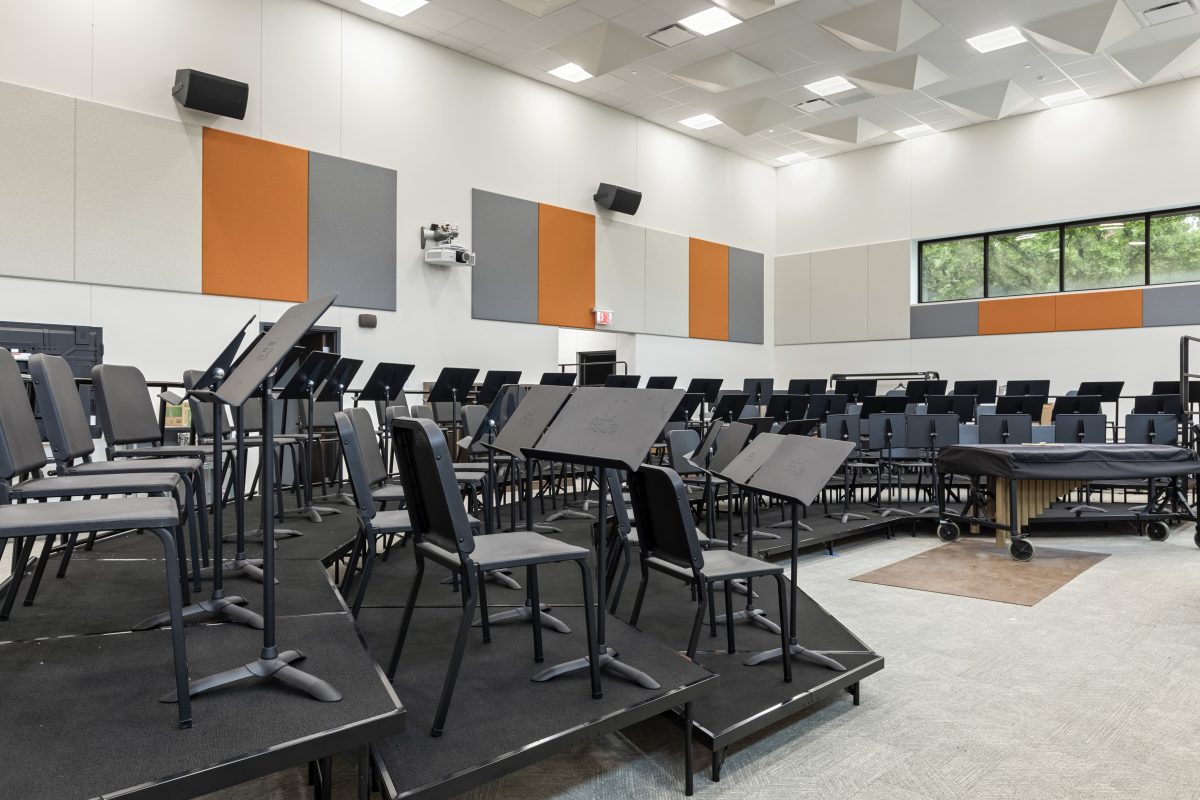
Three Reasons to Consider Arts in CTE
Arts education has always been important. It stimulates students’ creativity, engages students who are artistically inclined, and helps foster an appreciation for the arts among students. It also nurtures students’ identity, expression, and voice, helping them explore their place in the world and develop empathy for others. In a global economy with a diverse workforce, these are critical life and leadership skills.
The arts teach us how to be human. They help students build emotional intelligence. And the brain research is clear: Students who engage in the arts show stronger cognitive development, higher academic performance, and improved executive functioning.
But there are compelling reasons for K-12 leaders to consider integrating the arts into CTE programs as well. For example:
The arts are a major industry.
Too often, people think of arts careers as unstable or unrealistic. In reality, the creative industries are among the fastest-growing sectors globally.
The arts and cultural sector contributes more than $1 trillion annually to the U.S. economy, including $1.2 trillion in 2023—or 4.2 percent of GDP. It supports millions of jobs in areas such as design, film, media, fashion, music, performing arts, and more. Recognizing the arts as a CTE pathway connects students to real economic opportunities.
There is a strong workforce demand for creative skills.
Arts education develops a flexible, adaptive mindset—something that’s incredibly valuable across many career paths, especially in a rapidly changing world.
Employers increasingly value creativity, communication, collaboration, and innovation—skills that are deeply developed through arts education. These are essential in both traditional creative industries and in non-arts fields such as IT, marketing, health care, and entrepreneurship.
Integrating the arts into CTE can elevate arts education programs.
Although arts education is important, it is often marginalized and is one of the first areas to be cut when budgets are tight. Tying arts education to CTE repositions the arts as equally rigorous and career-ready—and it can protect the arts from budget cuts by allowing school systems to use Perkins money and other funding for CTE programming.
CTE pathways provide access to resources that can stabilize and expand arts education programs, which means more students engaged, more teachers supported, and more pathways opened.
Key Considerations for Learning Space Design
As with all types of learning environments, the design of the space itself has a profound effect on the quality of instruction that takes place there—and CTE classrooms that support arts education are no exception. Here are three important factors to consider when designing CTE learning environments that effectively support the creative arts.
Authenticity is key.
When designing learning environments for any type of career education, authenticity is important. Students benefit from learning in classrooms that are modeled after authentic work environments like the ones they’ll find in the real world, using actual tools and equipment handled by professionals in those fields. And this concept applies to the arts in CTE as well.
“Authentic experiences, equipment, and technology help students see themselves using those skills in the real world someday,” says Dr. M. Scott Tatum, the principal at Longfellow Academy in Dallas. “There’s no reason to train kids using materials and equipment they’ll never use.” He adds: “Learning should feel real, not abstract.”
Flexibility is also important.
Creativity requires fluidity and agility. Students need the ability to collaborate in flexible, dynamic groupings as needed, and they need spaces to experiment, move around, and try out new ideas. Using modular and mobile furnishings, such as tables on locking casters that can be moved around the room and grouped into different configurations easily, helps educators create free-flowing spaces that effectively support arts-related programs.
Look to peer leaders for inspiration.
Longfellow Academy just opened a new 144,000 square-foot, state-of-the-art facility for its career exploration programs. In keeping with the theme of authenticity, the building’s career-based classrooms include learning spaces that are designed, furnished, and equipped with authentic furniture and materials that professionals in those career fields work with every day.
For instance, the art and AV tech space includes a news desk for students to practice broadcast journalism; a separate interview zone that’s set up like a talk show environment; a podcasting studio; and a huddle station that includes a tall table and a shared screen for students to collaborate around. Students use professional-grade cameras, microphones, and editing software to create their productions.
The theater arts space includes an acting studio, a scene shop with work tables for students to build sets and props, and versatile “flipFORM” staging that can easily convert from a flat stage to riser steps to help teachers make the most of this classroom space.
Teaching Skills for Viable Careers
Arts education is important for students’ academic, social-emotional, and creative development—and it can also lead to highly successful careers in wide-ranging fields. By integrating the arts into CTE programming, K-12 leaders can ensure that students who are artistically inclined have an opportunity to learn and practice skills that can put them on a path toward a viable career.
When the arts are centered in CTE, students from all backgrounds—especially those who may not otherwise have access to private lessons or extracurricular arts programs—can see themselves represented in creative careers.
School Specialty has extensive experience in helping K-12 leaders design, furnish, and equip CTE spaces that effectively support a broad spectrum of career fields, including the arts. To learn how our Projects By Design division can help you create dynamic CTE learning environments, call (888) 388-3224, or go to www.schoolspecialty.com/projects-by-design.
Dr. Sue Ann Highland is a National Education Strategist for School Specialty. She has more than 20 years of experience as an educator and administrator in school systems across Colorado, with broad expertise in designing and creating highly effective learning environments.
Dr. Wesley Ferreira is an internationally acclaimed clarinetist, educator, and keynote speaker recognized for his artistry and thought leadership at the intersection of performance and education. He has appeared worldwide as a soloist, chamber musician, and recording artist, with highlights including performances at Carnegie Hall and concerto appearances with orchestras across the globe. A Professor of Clarinet at Colorado State University, he is known for his innovative, holistic teaching approach that develops expressive, confident, and career-ready musicians. As a keynote speaker, he works with professionals in corporate and educational sectors on performance mindset and leadership. He also speaks passionately on arts advocacy, showing how the artistic mindset and creative toolkit prepare students for viable careers, personal growth, and lifelong transformation.